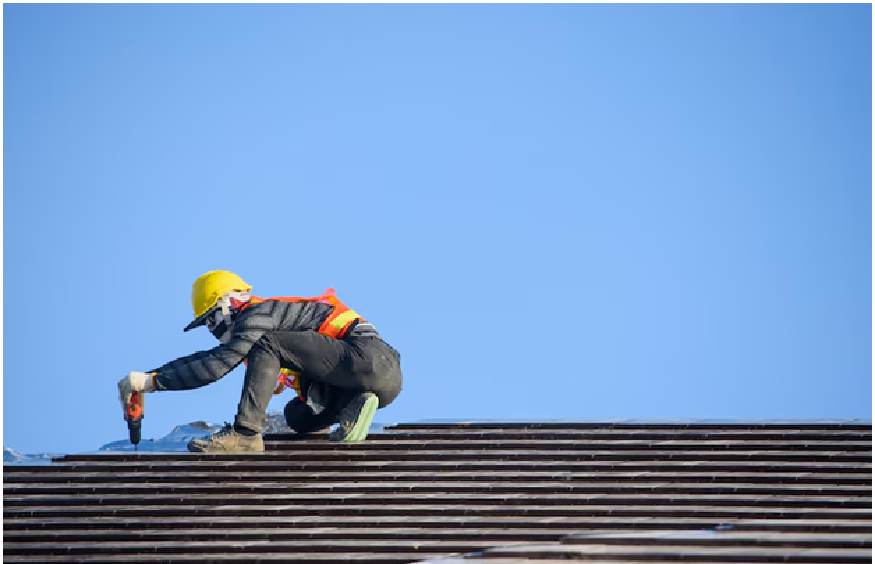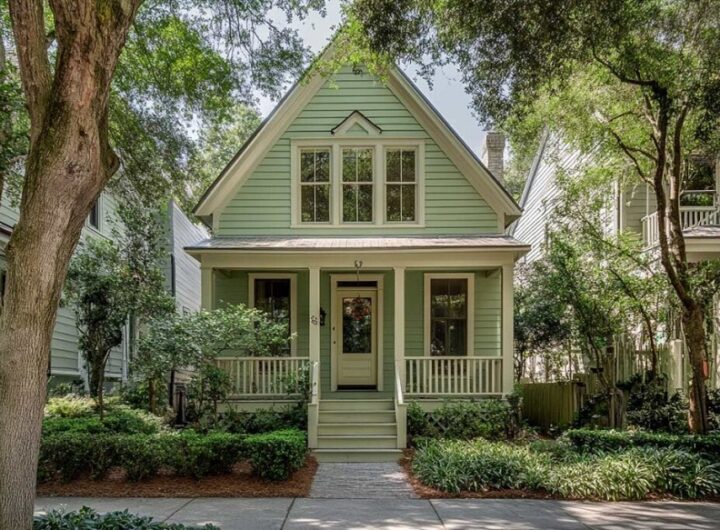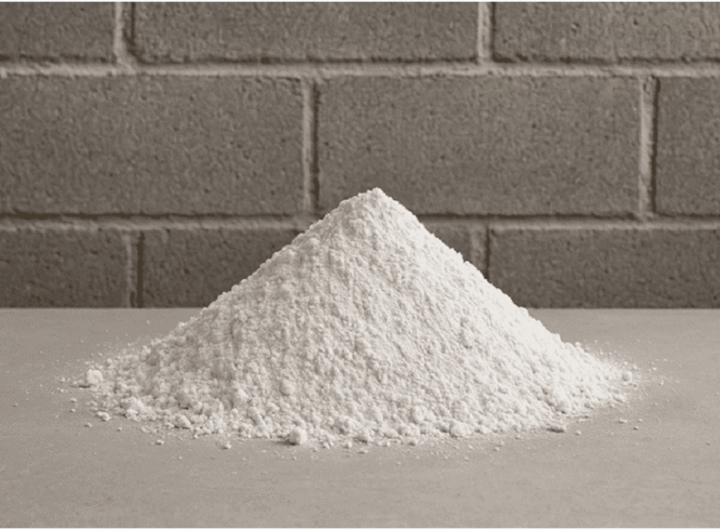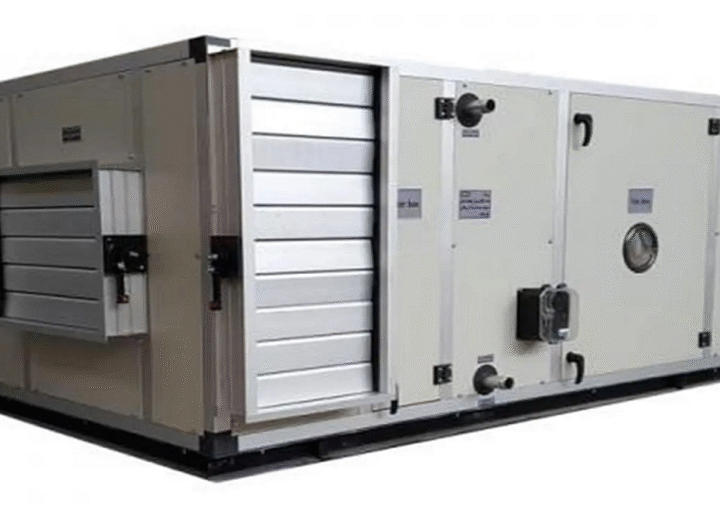
Your home is more than just a place to live; it’s a dynamic environment that should adapt to your needs, streamline your daily routines, and enhance your overall quality of life. Over time, even well-designed spaces can start to feel cluttered, inefficient, or simply no longer suitable for your evolving lifestyle.
Improving your home’s functionality isn’t always about major renovations; often, it involves thoughtful adjustments and strategic updates that make every room work harder and smarter for you.
By focusing on practical changes, you can transform your living space into a more efficient, organized, and enjoyable sanctuary.
1. Declutter and Organize Ruthlessly
Before making any structural changes, embark on a thorough decluttering mission. Excess items are the enemy of functionality, creating visual noise and hindering efficiency. Go through each room, identify items you no longer use, need, or love, and either donate, discard, or sell them.
Once decluttered, invest in smart storage solutions: shelving, drawer organizers, clear bins, and vertical storage. A well-organized space not only looks better but also allows for easier access to essentials, saving time and reducing stress.
2. Optimize Layout and Traffic Flow
Assess how you move through your home. Are there bottlenecks? Do you have to walk around furniture unnecessarily? Optimizing your layout can dramatically improve functionality.
Arrange furniture to create clear pathways and designated zones for different activities (e.g., a reading nook, a work area).
Consider the “work triangle” in the kitchen (sink, stove, refrigerator) to ensure efficient movement. Sometimes, simply repositioning a sofa or rotating a dining table can unlock significant improvements in how a room feels and functions.
3. Enhance Lighting for Every Task
Incorporate a layered lighting scheme: ambient lighting for general illumination, task lighting for specific activities (like under-cabinet lights in the kitchen or a desk lamp), and accent lighting to highlight features.
Natural light is also crucial; consider lighter window treatments or even strategically placed mirrors to amplify sunlight and make spaces feel larger and more inviting.
4. Kitchen and Bathroom Revitalization: Consider Cabinet Refacing
If your kitchen feels outdated or inefficient, but a full renovation is out of budget, consider cabinet refacing.
This process involves replacing cabinet doors, drawer fronts, and applying a new veneer to the existing cabinet boxes, giving your kitchen a fresh, modern look at a fraction of the cost of new cabinets.
This significantly improves aesthetics and can often incorporate new hardware for better access. Similarly, in bathrooms, updating fixtures, adding smart storage, or improving ventilation can dramatically enhance usability.
5. Maintain and Protect Your Home’s Envelope: Residential Roofing Importance
While not directly related to interior aesthetics, maintaining your home’s envelope is paramount for its overall functionality and long-term health. This includes your residential roofing system, windows, and exterior walls.
A reliable roof prevents leaks, water damage, and costly structural issues that would severely impede your home’s functionality.
Ensuring your windows are well-sealed prevents drafts and energy loss, contributing to a more comfortable and functional indoor environment.
Investing in the integrity of your home’s exterior protects your interior improvements and ensures your living space remains secure and efficient.

 Will My Homeowners Insurance Cover Wind Damage to My Roof?
Will My Homeowners Insurance Cover Wind Damage to My Roof?  Ithaca, Manhattan, and Bronx: Why These New York Cities Are Perfect for Homebuyers
Ithaca, Manhattan, and Bronx: Why These New York Cities Are Perfect for Homebuyers  Gypsum in Cement and Plaster: Why It’s Essential
Gypsum in Cement and Plaster: Why It’s Essential  From A to Z About the Air Washer
From A to Z About the Air Washer  9 Things You Should Know About Professional Pest Control Services in Clermont
9 Things You Should Know About Professional Pest Control Services in Clermont